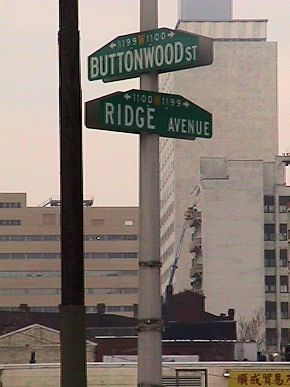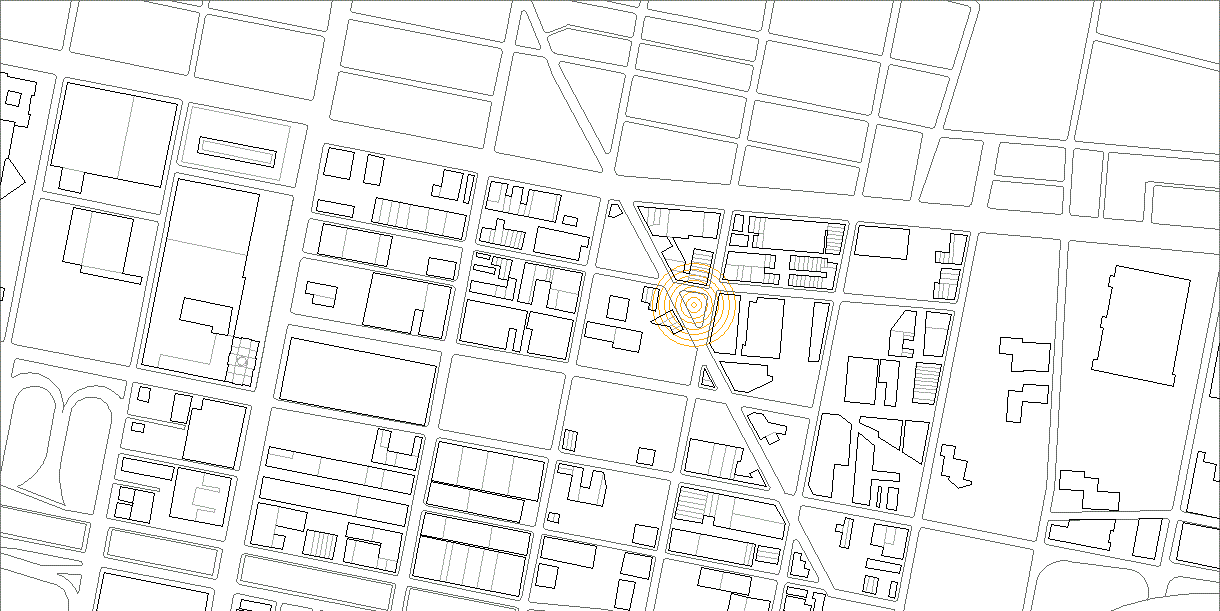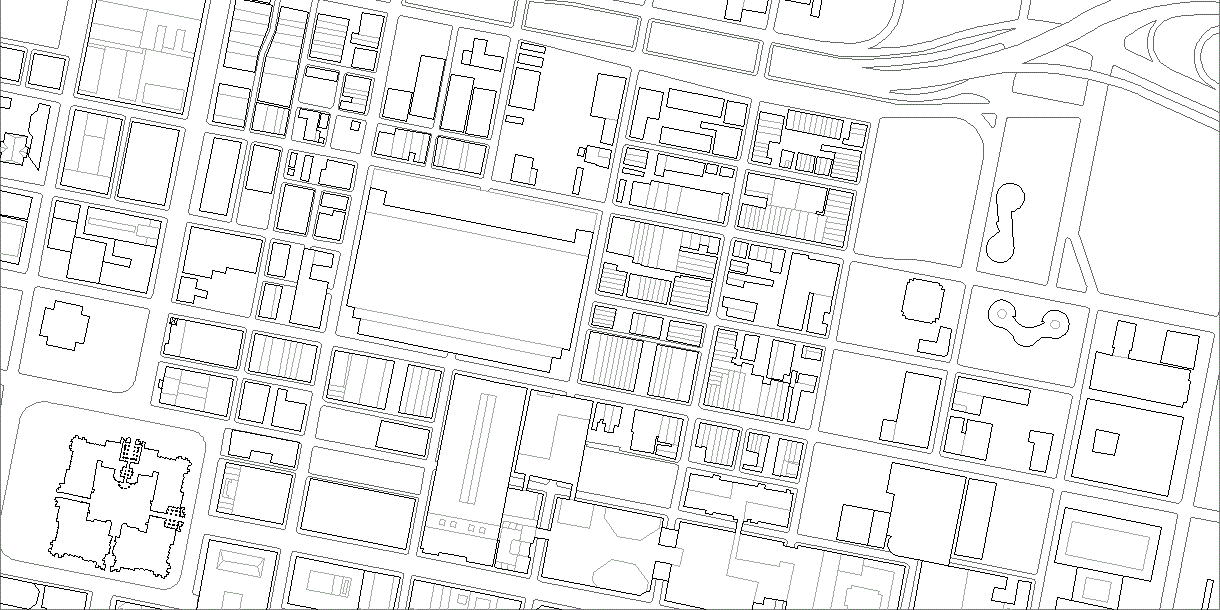
When Benjamin Franklin was conducting his scientific experiments in electricity, he said, "I never was before engaged in any study that so engrossed my attention and my time as this has lately done . . . ." His "Philadelphia Experiments" resulted in the discovery of electricity. We think of Franklin as an inventor and a statesman, but possibly his most significant role was that of scientist.
Franklin's single-fluid theory of electricity and his proof that there are electric sparks in lightning--which resulted in the invention of the lightning rod--placed him and his home, Philadelphia, at the forefront of modern technology.
On June 15, 1752, Franklin demonstrated his theory that lightning and electricity are the same by drawing lightning from the clouds with a key and a kite during a lightning storm. His letter describing his experiments was read before the Royal Society of London that December. Legend has it that the experiment took place on a lot on the east side of Ridge Road, near the intersection with Buttonwood Street, and that Franklin was assisted by his son William.
Janice L. Booker, Philly Firsts: The Famous, Infamous, and Quirky of the City of Brotherly Love (Philadelphia: Camino Books, Inc., 1999), pp. 203-4.
| |
 
|


